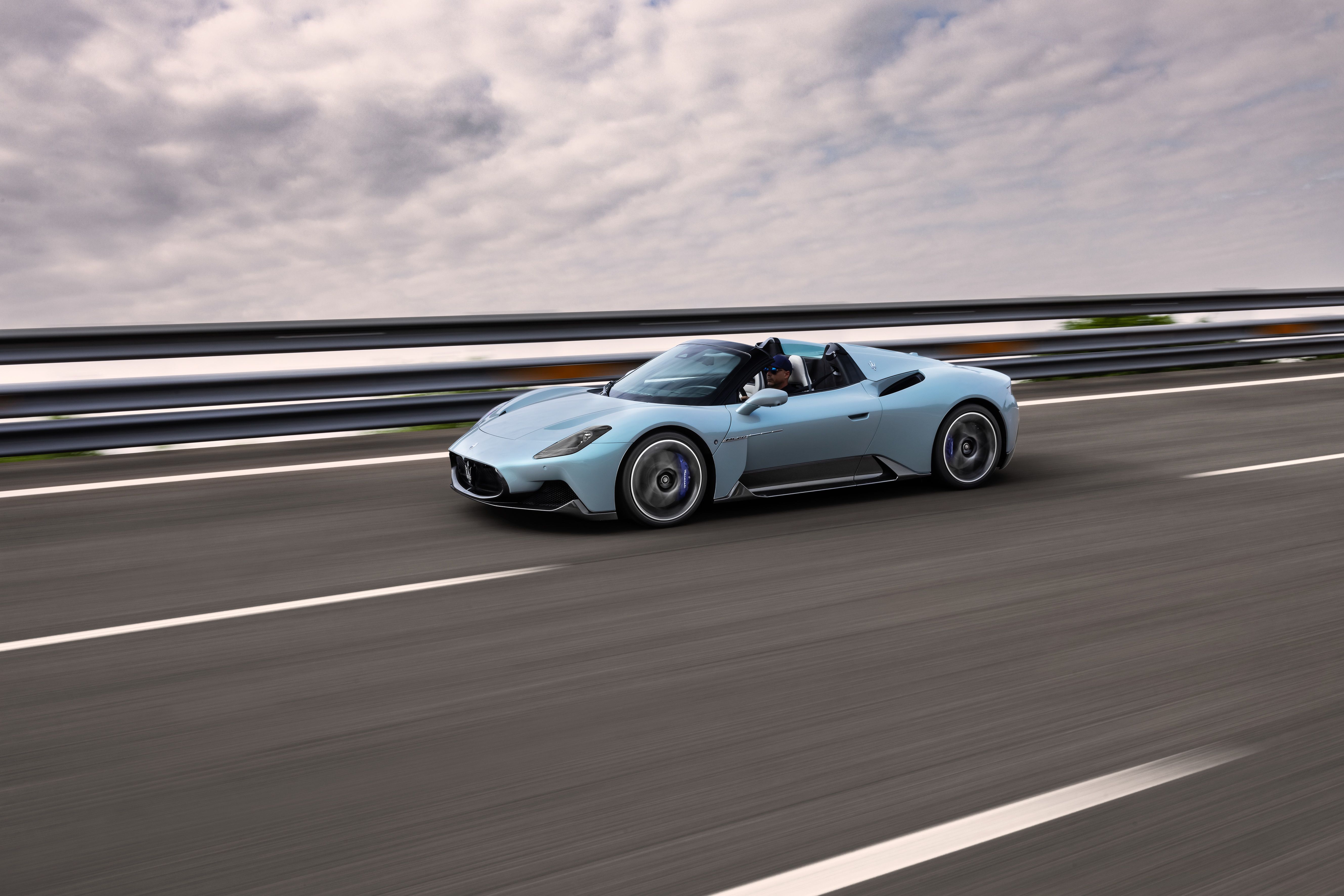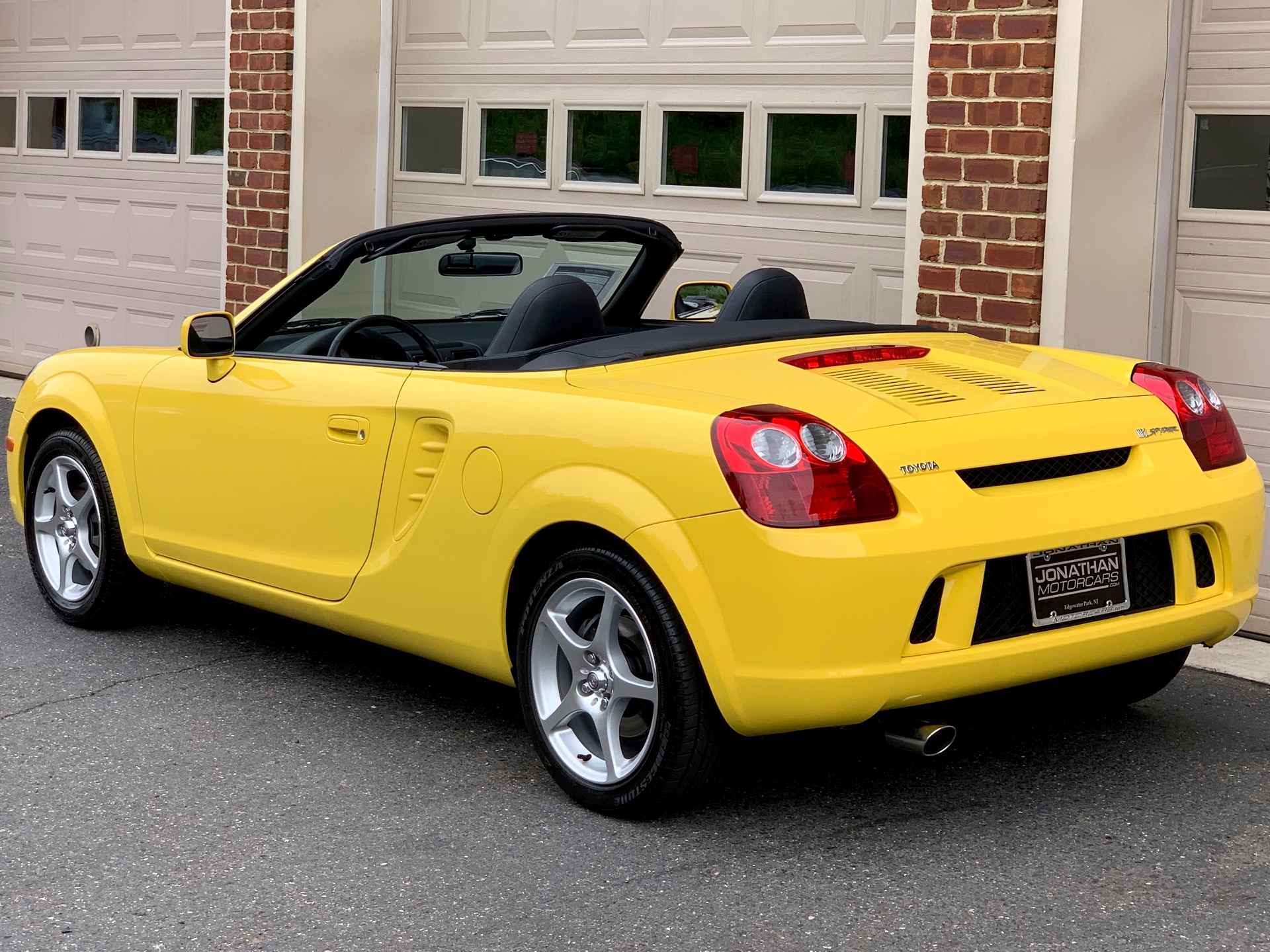


The same goes for the condition of the body as crash damage is a bit more prevalent in cars like these. And it should go without saying that any convertible needs to be tested under the garden hose for water leaks. Watch out, too, for a car that has been driven hard from day one. To be honest, the earlier, coupe versions of the MR2 were much more likely to be treated this way, but any sporty car needs a close check. The mid-engined layout of the MR2 means that some repairs can be a bit more fiddly to carry out as access to the engine is not as straight-forward as with a conventional car. So expect some maintenance costs to be a bit more expensive. The first was that pieces of this ceramic material could make their way downstream to the catalytic converters, damaging those and rendering them blocked. Or, the tiny piece of ceramic could be sucked back into the engine, damaging the cylinder bores. That would inevitably lead to more oil leaking past with more damage the obvious result.Ī modified piston ring design for the post-facelift cars apparently cured this by stopping the oil seepage in the first place. So, the big check on any pre-upgrade car is for oil burning and other signs of damage to the engine's internals.Ī compression test and leak-down test are both good ideas, but any MR2 blowing blue smoke or rattling from the engine is a big no-no. For some owners, the solution was to simply remove the pre-cats form the exhaust system, but this amounts to tampering with the car's emissions control system and would be frowned upon by the authorities. Like we said, the sheer Toyota-ness of the MR2 means there shouldn't be too much to go wrong either now or in the future. But there is one big check to make. On pre-facelift cars, there was a tendency for the engine to allow a small amount of oil past its piston-rings and into the pre-cats (a sort of pre-heating element for the exhaust designed to get the main catalytic converters hot more quickly). If this happened, the ceramic internal structure of the pre-cats could be damaged. This could lead to a couple of follow-on problems. Of course, the car's real party-piece was its looks. A little like a scaled-down Porsche Boxster from straight-on, the MR2 looked funky in the day and still looks reasonably fresh. That said, it never had the charm and slinky looks of a Mazda MX-5 which, coincidentally was and is one of its main rivals then and now. Handling is pretty good and about what you'd expect, and a bit more benign than the slightly tail-happy first two generations to bear the MR2 badge. Meanwhile, the engine itself was a nice little unit with 1.8 litres and just enough horsepower to be convincing. It's also a Toyota four-cylinder, so it doesn't pose any real servicing, reliability or ownership challenges. In any case, the drop-top function will fill the void for some. And unlike a lot of convertibles, this one felt pretty solid in the body without the dreaded scuttle-shake that blights so many roofless cars. This will bother some folks in 2016, and not others.
#TOYOTA SPYDER MANUAL#
More than that, though, the lack of a proper manual transmission just didn't sit right with the rest of the mid-engined package. The aggressive wedge styling was gone, too, and where the previous MR2s had been manual-transmission-only cars, the new version got a clutchless manual with five speeds. For the facelift in late 2002, that transmission was upgraded to six speeds, but remained a two-pedal proposition.Īnd curiously, there was no automatic mode for pootling around town, instead you had to make every shift manually without the actual satisfaction of doing it with a clutch pedal. The shifts themselves could be a bit sharpish, too, and progress wasn't always silky smooth. In fact, the shift action could be downright jerky and uncivilized as was the case with the majority of early attempts at this type of gearbox.

If you're old enough, you'll remember the splash made by the original Toyota MR2. Not only was the car a proper little sporty, it also bought that most exotic of mechanical layouts – the mid-mounted engine – into the real world where budgets mattered.Īgainst oddball opposition like the Fiat X1/9, the Toyota sold well, leading Toyota to develop the slightly bigger, but still true to the formula, second generation MR2.īut by 2000 when it came time to design the third generation car, Toyota threw the rule book away. Yes, the MR2 for the new millennium was still mid-engined, but that was really about it when it came to carry-overs form the previous two models.įor a start, the third-gen car was a convertible, appealing to a totally different market sector that had been attracted to the coupe versions. Clearly, though, Toyota was after Mazda MX-5 buyers this time around, and the strictly two-seat MR2's drop-top was proof of that.


 0 kommentar(er)
0 kommentar(er)
